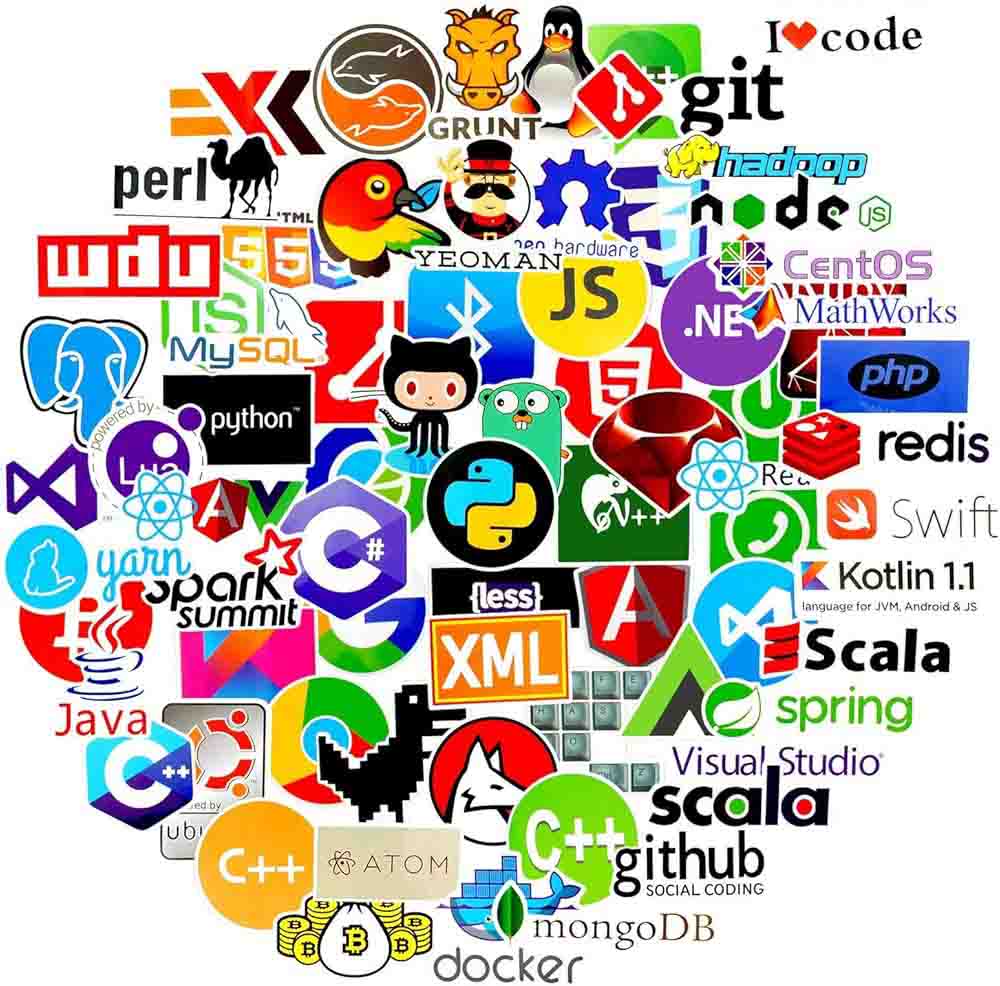The course designers and instructors deeply appreciate researchers in the
community for their inspiring works, which provide rich materials for developing
the course and advancing the research in this direction.
Back to Homepage · Previous Page

Welcome to the course on Interpreters and Virtual Machines! This course delves into the fascinating world of how programs are executed in another way, focusing on interpreted execution rather than compiled execution (which should be studied in the course known as Compilers). An interpreter or virtual machine, like the Python interpreter and the Java virtual machine, creates a simulated environment in which programs can run, providing benefits like platform independence and enhanced security. This course will guide you through the architecture of interpreters and virtual machines, including popular examples like the tree-walk interpreter and Java Virtual Machine (JVM). By the end of this course, you will have a deep understanding of how interpreters and virtual machines function and how they are used to execute code efficiently and securely. This knowledge is essential for anyone interested in the inner workings of programming languages, software development, or computer architecture.
Prerequisites: Before registering for this course, a student must check if he has basic knowledge of compilers and the C/C++ and Java programming languages.
Lectures
The course slides are provided in the table below. If you have any questions
or suggestions, please feel free to reach out to the instructor or teaching
assistants. The course designers sincerely thank the instructors and researchers
in the community whose inspiring work has contributed valuable material for
these slides.
|
|
Lectures | Materials |
|---|---|---|
|
|
Introduction to Interpreters and Virtual Machines - Basic concepts of programming languages, compilers, interpreters, and VM |
Slides-1 |
|
|
||
|
|
Generating the Syntax Tree - Introduction to the mini Java language - Review of the lexical and syntax analysis |
Slides-2 Slides-3 |
|
|
Expressions and Statements - Evaluating expressions / Online type checking - Evaluating statements / Scoping and shadowing |
Slides-4 Slides-5 |
|
|
Control Flows and Methods - Conditional execution / Loops - Method declaration / Method invocation / Method return |
Slides-6 Slides-7 |
|
|
Object-Oriented Programming - Arrays - Classes |
Slides-8 Slides-9 |
|
|
Inheritance and Polymorphism - Inheritance / Polymorphism - Validating interpreters |
Slides-10 Slides-11 |
|
|
||
|
|
Introduction to Java Virtual Machine - Java class file and bytecode / Basic structure of OpenJDK - The First Attempt at Hacking JVM |
Slides-12 |
|
|
Class Loader and Linker - Verification, preparation, and resolution - Linking methods / Constant pool cache |
Slides-13 |
|
|
Template Interpreter – I - Architecture of the interpreter / Basics of x86 - Runtime code generation / Parasitic call stack |
Slides-14 |
|
|
Template Interpreter – II - Template table / Top-of-stack cache - Template code / Dispatching table |
Slides-15 |
|
|
Exceptions and Threads - Exception mechanisms and their implementations - Threads in JVM |
Slides-16 |
|
|
Safepoint and Memory Management - Safepoint / Garbage collection - G1 GC / Z GC / Shenandoah GC |
Slides-17 |
|
|
Just-in-Time Compilation - C1 and C2 Compilers / Tiered Compilation - On-Stack Replacement / Deoptimization |
Slides-18 |
|
|
||
|
|
Concluding the Course - Review of the lectures and the labs |
Slides-19 |
Grading Scheme
Attendance (30%)
Labs (70%) – Online OJ
Teaching Assistants
Jielun Wu (jielunwu@smail.nju.edu.cn)
Yifan Zhang (yifan.zhang@smail.nju.edu.cn)
Online Discussion
QQ Group: 1012202612
Office Hours
By appointment. Feel free to email TAs or the instructors to claim a time slot.

